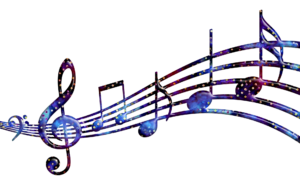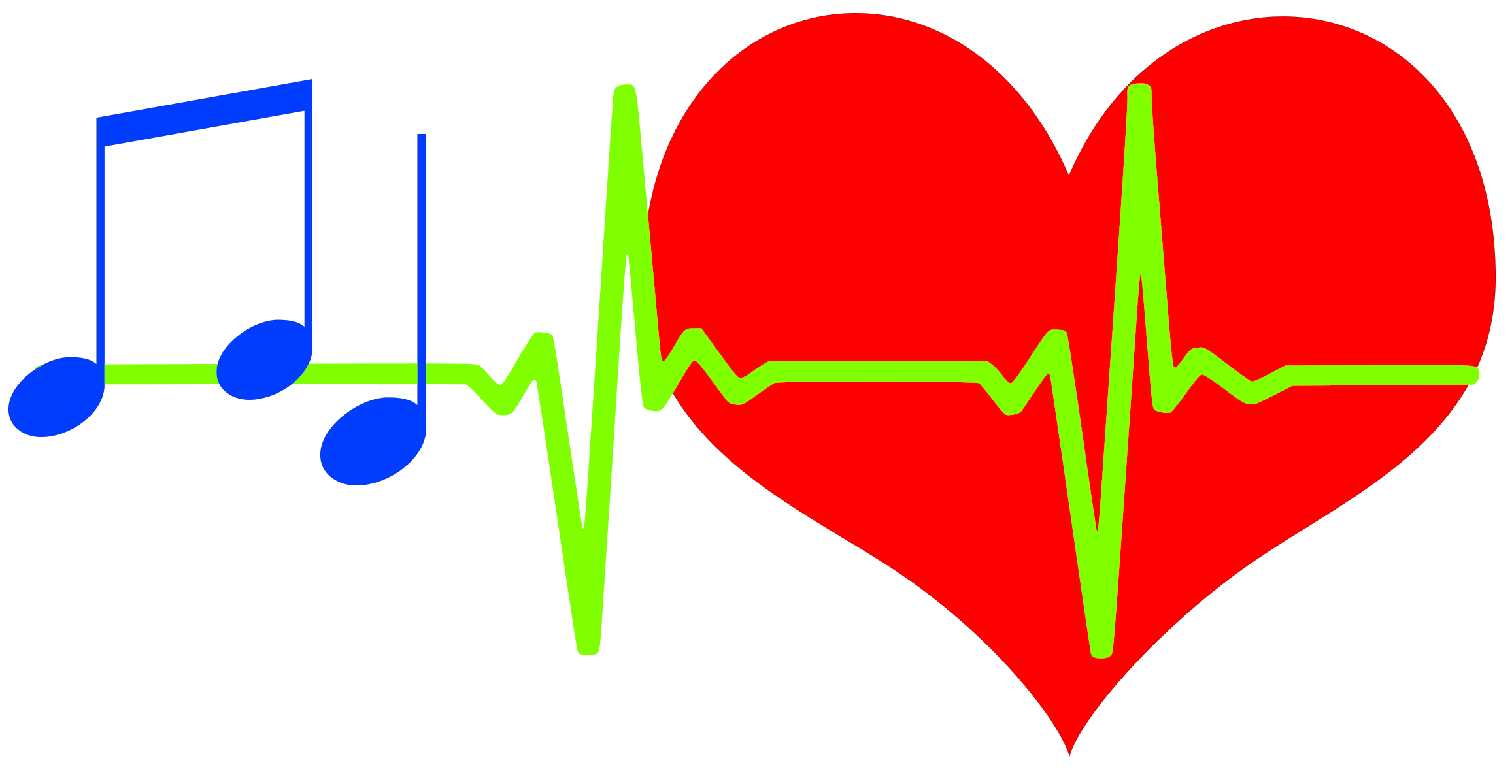Before You Enter the Room, Shift Your Focus
Be Truly Present - Be Grounded
How do I know what type of music to play for a patient? Ah, the heart of the matter….The answer lies in a mixture of science, intuition and listening.
Before I ever enter a room – actually before I enter a facility – I strive to shift my mental focus away from me. If you consider for a moment what you think about when you are self-absorbed, it always concerns issues from the past or plans/worries of the future. So the trick is to drop thoughts of yesterday or tomorrow. Focus on the moment.

Live in the moment. By doing this, I shift my concentration completely outward. And this is the whole trick of being able to communicate effectively with a patient. So focus on the moment. How?
Meditation Helps You Focus
As I near the facility, I stop and meditate. This is not an elaborate process. Just controlled deep breathing and perhaps a quiet mantra. Slow deep breaths until I feel myself relax.
It never fails to amaze me how much is happening around me that I had not noticed before….the birds are singing, the wind is rustling leaves in a tree, the sun is casting shadows across a parking lot, the sound of traffic is a white noise in the background. This outward awareness always lifts my mood. Such calm meditation eliminates all the worries or thoughts or plans I had. Now I am fully aware of what is around me. And I’m ready to accept whatever I encounter.
Drop All Prejudices and Expectations at the Doorway
At the doorway, I try to stop again to breathe deeply a few times – a quick and easy shortcut to meditation. I open my mind to whatever I might find in the room. All prejudices, all preconceived notions: they are left outside. If those get carried into the room, I won’t be open to what I find.

Now, if I’m lucky, the real magic begins. The interpersonal communication that can be transmitted unconsciously between people comes into play.
Recent research has proven that the heart and body emits electrical charges that radiate at least 3 feet from the human body. I can tell you, it goes much farther than that, because I usually sit about six or so feet away, and I when I am properly focused, I can feel this energy field.
The Vibes - They Are Very Real
Once I have tapped into the patient’s energy, it carries me along and tells me what to play. At this point you may be thinking that I’m half crazy. But I can tell you, when I am in the happy place of being able to listen to the patient’s vibrations, my playing is much more effective.

It doesn’t always work this way. Sometimes, my mood is out of kilter, I fail to meditate; I fail to move into the Moment. And then I struggle to connect with the patient. I may get lucky and hit the right sound, but it is much less likely to be a successful session.
How long does all this take? Four minutes in the parking lot, maybe. And less than a minute at the door to the room. This is time well spent for the rewards it produces.
Other Tools To Assess the Patient
Now, I must admit there are other tools I use to assess a patient’s needs. Sometimes a nurse has asked me to play for a patient, telling me what she thought the over-riding concern was. If the patient is in the Critical Care Unit, then monitors will tell me heart rates, heart rhythms, blood pressure, breathing patterns and oxygen levels. Those are sure fire indicators as to what the critical issues are.
The patient may be groaning, may be talking incoherently, may be non-verbal but awake. He may be curled up in a fetal position, or sitting comfortably in a recliner. Or he may be unconscious. If I am in the moment and ready to open to the patient’s condition, then I will read these clues, and usually come up with the best music for him.

